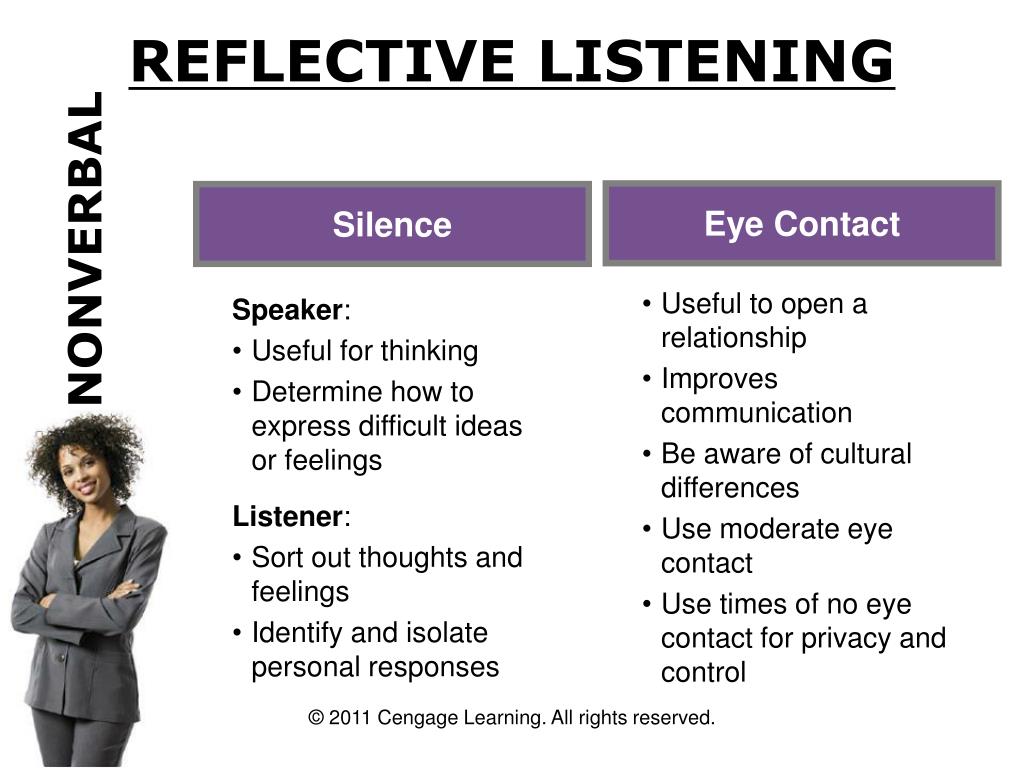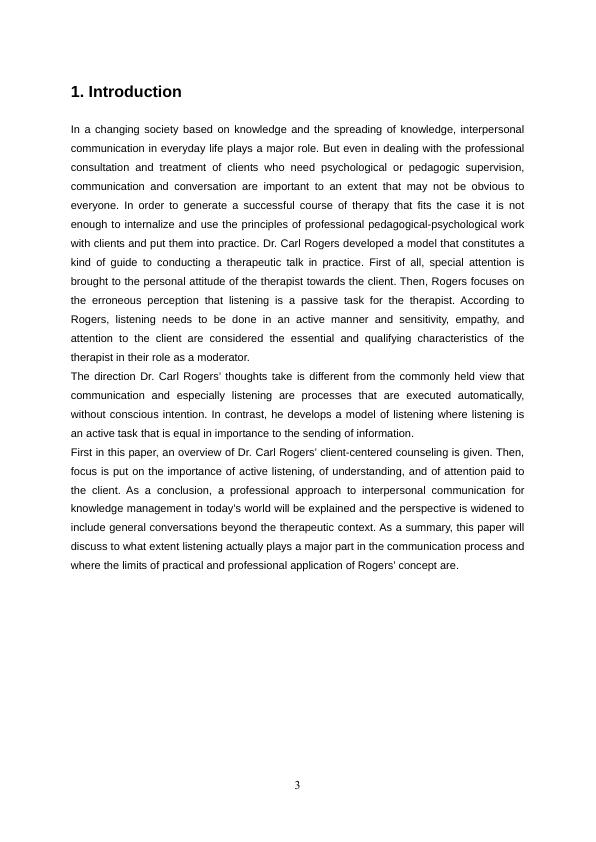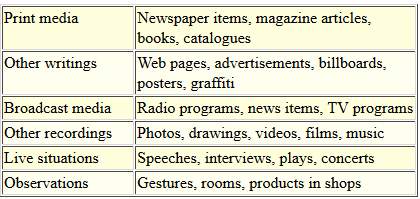
This makes their meaning clear and allows students to combine the target language words in different ways to create new sentences. Where possible, literal native language equivalents are given to the target language words that have been transcribed. Role of L1: Students’ security is initially enhanced by using their native language. Syllabus is developed in terms of students’ communication needs.ġ1. Syllabus: CLL does not use a conversational language syllabus, which sets out in advance the grammar, vocabulary, and other language items to be taught and the order in which they will be covered. Conversations are generated by the students depending on what they want to say in the target language.ġ0. Materials may be developed by the teacher as the course develops. Materials: A textbook is not considered necessary. Grammar Teaching: Large chunks are analysed by means of equivalents in L1. Vocabulary Teaching: Literal native language equivalents are given to the target language in order to teach their meanings. Usually the teacher physically removes himself/herself from the circle in order to increase st-stinteractions.ħ.

Interactions: st-st, T-st interactions occur in the classroom. As s/he goes on studying the language he becomes more and more independent.Ħ. Students’ Role: Initially the learner is dependent on the teacher. Even the teacher stands behind the students to reduce because the teacher’s superior knowledge and his existence are also threatening factors.ĥ. The teacher tries to remove the threatening factors in the classroom. Teacher’s Role: T’s initial role is that of a counsellor. Social life style, art, literature, customs, habits should be learnt.Ĥ. Culture: Knowing the target culture is important to be successful in communication.

Students should trust the learning process, the teacher and the others.ģ. Language is what you learn and share with others. The focus shifts from grammar and sentence formation to a “s haring and belonging between persons“. Language is for developing creative thinking. Language Theory: Language is for communication. Present Continuous: She is study ing French They should also listen to discriminate if what they say is similar or different from what the teacher says.

Students also listen to their own voice from the tape for reflection.ĭiscrimination: Students should discriminate the similarities and the differences among target language forms by listening to themselves and the teacher carefully. The teacher reads the text for three times and the students relax and listen for reflection. Reflection : Students need quiet reflection time in order to learn. Retention will best take place somewhere in between novelty and familiarity. The material should neither be too old nor be too new or conversely too familiar. Retention : If the “whole person” is involved in the learning process, what is retained is internalised and becomes a part of the learner’s “ new persona” in the foreign language. The child tries to prove the things he/she has learnt. Classroom atmosphere, students’ relations with each other, teacher’s attitude to students all affect students’ feelings of security.Īttention : Attention is the learner’s involvement in learning.Īggression : is to show what has been learnt for “ self-assertion” like a child who tries to show what he/she has learnt. Security : Students should feel secure to enter into a successful learning experience. S A R D ( S ecurity- Attention & Aggression – Retention & Reflection Discrimination ) A group of ideas concerning the psychological requirements for successful and “ non-defensive” learning are collected under the acronym ( SARD). “ True human learning“ is both cognitive and affective. Learning Theory: CLL advocates a holistic approach to language learning. Inspired by the humanistic psychology of Carl Rogers, it aimed to remove the anxiety from learning by changing the relationship between the teacher and student.ġ.

Community Language Learning (also called Counseling Language Learning) was created by Charles A Curran, a Jesuit priest and professor of psychology, and Paul La Forge.


 0 kommentar(er)
0 kommentar(er)
